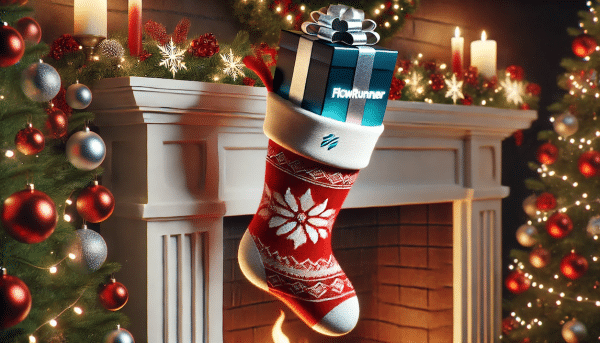How to Publish a Service to Backendless Marketplace
Backendless Marketplace is a specialized store for backend functionality. Our vision for the marketplace is to make it a community-driven store for algorithms and API services. We also use the Marketplace for various Backendless”extenders” to help developers to increase the limits of the Backendless Cloud pricing plans. However, most importantly, the Marketplace can be used…
How to Create a Web App Using Angular and Backendless
Today we are going to talk about the integration of Backendless into your AngularJS/TypeScript app. We will create a simple Address Book application where all the application data will be stored in the Backendless mobile backend. The main goal of this article is to provide step-by-step instructions and to show how to create an Angular…
How to Generate a QR Code With Backendless API Service
In this article, we will learn how to create QR codes with a custom Backendless API Service. For the sample code reviewed later in the article, we will use Java and the ZXing library (https://github.com/zxing). What is a QR code? A QR code is a computer-generated image with some information encoded in a graphical way….
How to Create a LinkedIn Clone Using Backendless
This series of tutorials was prepared by: Ega Wachid Radiegtya An Entrepreneur & App Developer You will learn how to make your own LinkedIn clone on Android, using React Native, React Navigation, Redux and Backendless. The following tutorial series is perfect for you if: You have a basic knowledge of React/Redux You’re looking to learn how…
5 Things You Can’t Do With Firebase (But Can With Backendless)
Backendless and Firebase, both being mobile backend as a service (MBaaS) platforms, present different capabilities for mobile app creation. Here is a list of the Backendless features which either are not supported by Firebase or just exceed it in usability. Backendless Pro (the standalone, self-hosted version of the product) can be installed on the developer’s…
How to Save Published Messages in Your Database
In this article, we’ll talk about Backendless publish-subscribe messaging. One of the more common questions we receive is, “How can I get messages long after they are published?” The default mechanism in Backendless keeps messages in the published channel for a short period of time only (around a minute). This becomes a problem if a…
